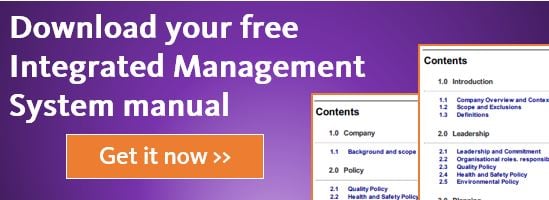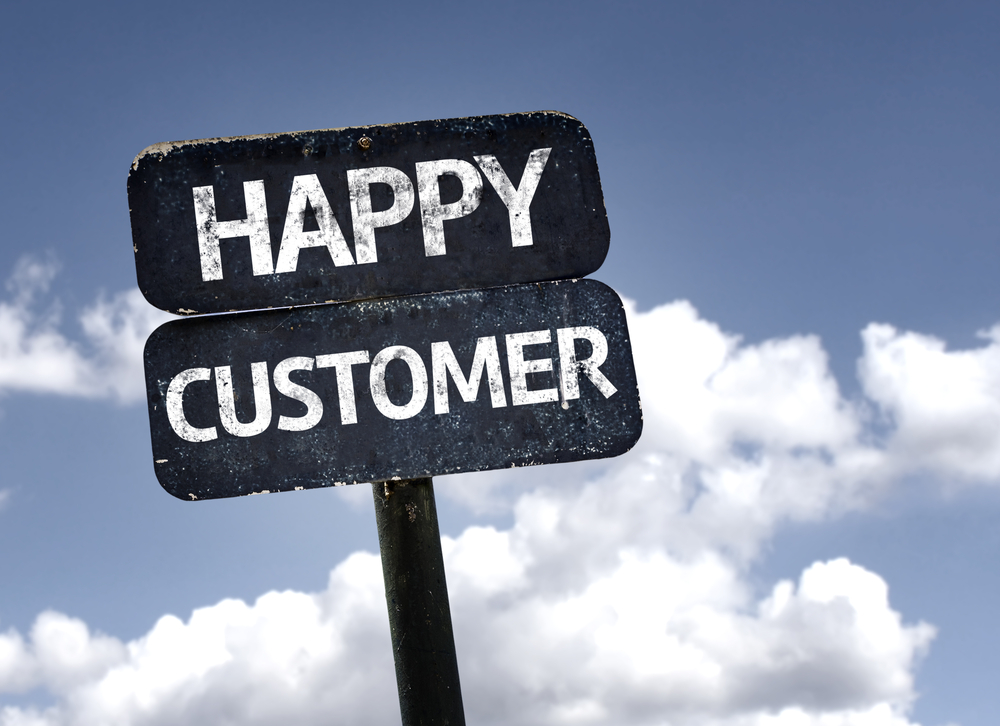There are many good reasons why Management Reviews are much discussed and written about in quality management system (QMS) circles: they are absolutely key to the success of the ISO 9001 standard.
They’re where you step back, take stock, analyse data, ask questions, listen, and then move forward. And not just once a year either, but often and with as many of your team involved as possible. Oh yes, I’m a big fan of this clause.
But just in case you’re still not convinced, here are some blogs and webinars about Management Reviews that I’ve created over the past couple of years:
- How to Get More Value Out of Your Management Reviews
- Top Tips for Getting More Out of Your Management Reviews
- QHSE Education for Boards and Management Teams
- 5 Habits of Successful QHSE Compliance Managers

Clause 9.3.1 Review the QMS at planned intervals
You need to do this so that you can ensure the system is:
- Suitable,
- Adequate,
- Effective,
- and in alignment with the strategic direction of the company
The canny amongst you may have noticed that the clause doesn’t include the word “meeting”.
Management Reviews don’t have to be meetings. You could run reports to give to management. Perhaps use software options like skype, slack and so on.
At Mango, we like to have a meeting once a month and because we’re small, all staff are invited. This meeting is very useful as a teaching and coaching exercise for the less experienced staff members to learn.
Because we sell QMS software (Mango) the less experienced staff get to really understand what a QMS is - what better way for them to see how a QMS operates than for them to be part of the Management Review process?
Clause 9.3.2 Inputs to the Management Review
These inputs are a handy way to create an agenda for the Management Review meeting. Although they are listed in an odd order, you can rearrange them into a logical order to suit your operation so that all areas are covered.
The agenda items include:
- Actions from previous management reviews;
- Review the external and internal issues from the Context;
- Customer satisfaction and feedback;
- Review quality objectives have been met;
- Review process performance and conformity of products and services;
- Check nonconformities and corrective actions;
- Review audit results;
- Review suppliers;
- Check you have enough resources;
- Review risk (and opportunities) register;
- Review improvements.
Check out this webinar I did a while back for some great tips on how to run your Management Review: How to Get More Value Out of Your Management Reviews
For example here at Mango here is our monthly Management Review agenda:
- From the Board – General, Business Planning
- Sales, Partners - Roadmap, ICT infrastructure
- People, Health and Safety, Environment – Accidents, Hazards, Emergency Plans, Training
- Team Resources - Team development, Travel / Holidays
- System and Processes – Policies, Objectives, Procedures
- Processes – Audits
- Events
- OFI - Issues and Opportunities
- Risk Management – Risk Register
- Resources - Any resources required
- General / Departments activities – Marketing, Sales, Support, Development, Partners
Clause 9.3.3 Output from the Review
This should include any decisions made and list the actions that relate to opportunities for improvement. It should also include any changes to be made to the QMS, any additional resources, as well contain the minutes of the meeting plus any additional information like reports and data.
At Mango we minute each meeting and signoff and attach the minutes in Mango. Too easy!
Takeaways
Here are some useful takeaways to help you achieve clause 9.3:- Decide whether to have a meeting or just run a bunch of reports through the Management Team
- Create an agenda that meets all the requirements of the standard
- Conduct management reviews at a frequency so you can see progress on the QMS
- Minute the meetings and record evidence of QMS progress
View previous blogs in this series "How to Implement a QMS and Achieve ISO 9001 Certification":
How to Implement a QMS and Achieve ISO 9001 Certification - Part 1: Introduction
How to Implement a QMS and Achieve ISO 9001 Certification - Part 2: Customer Focus
How to Implement a QMS and Achieve ISO 9001 Certification - Part 3: Leadership
How to Implement a QMS and Achieve ISO 9001 Certification - Part 4: Engagement of People
How to Implement a QMS and Achieve ISO 9001 Certification - Part 5: Process Approach
How to Implement a QMS and Achieve ISO 9001 Certification - Part 6: Improvement
How to Implement a QMS and Achieve ISO 9001 Certification - Part 7: Evidence Based Decision Making
How to Implement a QMS and Achieve ISO 9001 Certification - Part 8: Relationship Management
How to Implement a QMS and Achieve ISO 9001 Certification - Part 12: Clause 5.2 Policy
How to Implement a QMS and Achieve ISO 9001 Certification - Part 15: Clause 6.2 Objectives
How to Implement a QMS and Achieve ISO 9001 Certification - Part 16: Clause 7.1 Resources
How to Implement a QMS and Achieve ISO 9001 Certification - Part 27: Clause 9.2 - Internal Auditing
.png?width=200&height=51&name=image%20(2).png)




